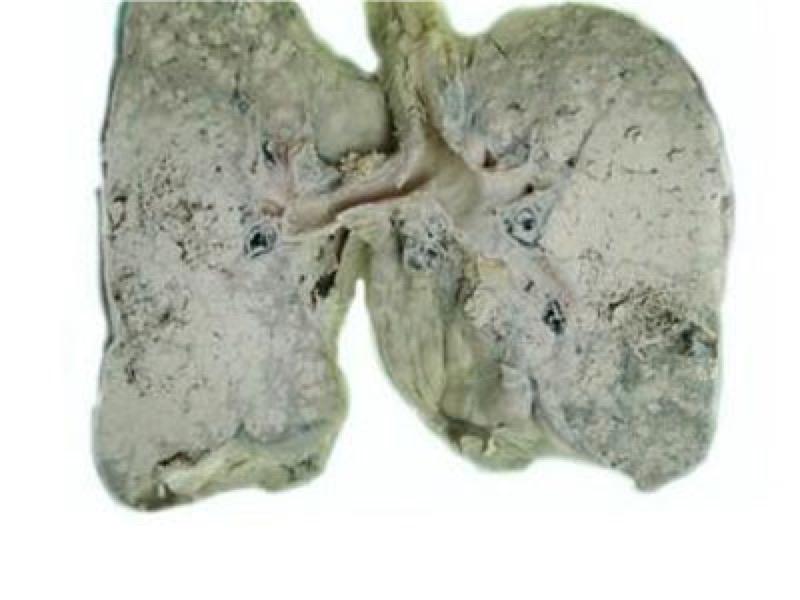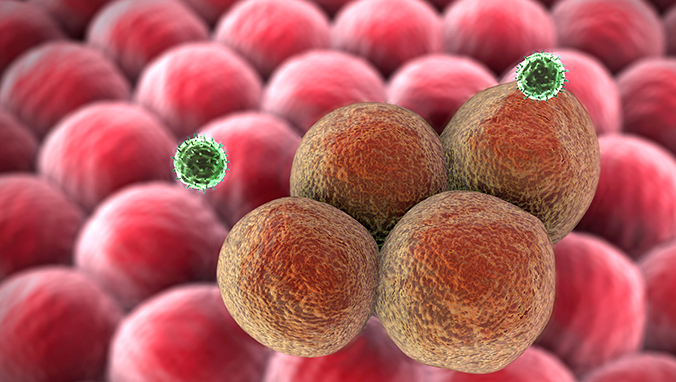Is lung cancer good for oxygen?
Lung cancer is a common lung malignant tumor. The vast majority of lung cancer originates from the bronchial mucosa epithelium. Refers to a disease in which the growth of cells in the lung tissue is out of control. Is lung lung oxygen inhalation beneficial?

1. What should be paid attention to inhalation of oxygen in lung cancer patients
Observe the effect of oxygen therapy closely. If the symptoms such as dyspnea are reduced or relieved, and the heartbeat is normal or close to normal, it indicates that oxygen therapy is effective. Otherwise, you should find the cause and deal with it in time.
High concentration of oxygen supply should not be too long. It is generally considered that oxygen inhalation concentration is greater than 60% for more than 24 hours, then oxygen poisoning may occur.
Oxygen therapy should pay attention to heating and humidification. Maintaining 37°C temperature and 95% to 100% humidity in the respiratory tract is a necessary condition for the normal removal function of the mucociliary system, so inhaled oxygen should be humidified The bottle and the necessary heating device to prevent the inhalation of dry and cold oxygen to stimulate the damage to the airway mucosa, cause sputum dryness and affect the "scavenger" function of cilia.
To prevent pollution and catheter blockage, the nasal congestion, oxygen delivery catheter, humidification and heating device, ventilator piping system, etc. should be regularly replaced and cleaned and disinfected to prevent cross infection. Oxygen inhalation catheters and nasal congestion should always be checked for secretion blockage and replaced in time to ensure effective and safe oxygen therapy.
2. Causes of lung cancer
Currently, smoking is considered to be the most important high-risk factor for lung cancer. There are more than 3,000 chemicals in tobacco, including multi-chain aromatic hydrocarbon compounds (such as: Benzopyrene) and nitrosamine have strong carcinogenic activity. Multi-chain aromatic hydrocarbon compounds and nitrosamines can cause bronchial epithelial cell DNA damage through a variety of mechanisms, causing the activation of oncogenes (such as Ras gene) and the inactivation of tumor suppressor genes (such as p53, FHIT gene, etc.), which in turn causes cell Transformation, eventually cancerous.
3. Dissemination and metastasis of lung cancer
Direct spread
Tumors near the periphery of the lung can invade the visceral pleura, and the cancer cells fall off into the pleural cavity to form implants Sexual transfer. Tumors that are central or close to the mediastinum can invade the visceral pleura, chest wall tissue, and mediastinal organs.
Blood metastasis
Cancer cells can be transferred to any part of the body after returning to the left heart with the pulmonary veins. Common metastases are liver, brain, lung, skeletal system, adrenal gland, pancreas, etc. organ.
Lymphatic metastasis
Lymphatic metastasis is the most common metastatic route of lung cancer. The cancer cells invade the lymph nodes around the bronchus and pulmonary blood vessels, firstly invade the adjacent lung segment or the peribronchial lymph nodes, then reach the hilum or subcarinal lymph nodes, then invade the mediastinum and paratracheal lymph nodes, and finally involve the supraclavicular or cervical lymph nodes .
Related Articles

- Early symptoms of lung cancer
- 2020-12-17

- Early Signs of Bladder Cancer
- What are the early symptoms of bladder cancer?
- 2020-12-17

- Is metastatic carcinoma easy to metastasize
- Once the cancer has metastasized, it will be very difficult to cure, because many people have lost their lives because of the emergence of cancer, so most people think that cancer is an un
- 2020-08-02

- What does microinfiltrating adenocarcinoma mean?
- Microinfiltrating adenocarcinoma is a type of lung cancer. The reason why it is called microinfiltration means that there is less infiltration around it, which means that it is in the early
- 2020-08-01

- How long can non-small cell adenocarcinoma live
- Adenocarcinoma is one of the most common malignant tumors in the world. Non-small cell adenocarcinoma accounts for about 80% of all adenocarcinomas. About 75% of patients are in the middle
- 2020-08-01

- Hand cancer
- Finger cancer generally refers to the appearance of skin cancer, which is characterized by local cauliflower-like skin and easy bleeding. Finger skin cancer is mostly a malignant tumor that
- 2020-08-01
